
Nearly ten years ago, a friend and I decided to play Mansion of Hidden Souls on the Sega CD. We didn’t know anything about it, and at that point neither of us had much experience with similar first-person adventure games like Myst. The plodding movement and crude 3D pre-rendered visuals did little to entice us, but we enjoyed the emphasis on puzzle solving. If anything, it was informative to play through a style of game that was no longer in vogue, and one that showcased an early example of full-motion video. We followed it up with playthroughs of a couple similar games and have dabbled with the genre since then, albeit infrequently. One game in particular has been at the top of our to-do list for years, yet we always passed over it for one reason or another. Well the stars aligned last week, and we finally played D.
D was initially available exclusively on the 3DO when it released in Japan during April 1995, but by the end of year ports were available for the Saturn and PlayStation. The 3DO version made it stateside that year, although it wasn’t until 1996 that fans of other platforms could play it, including on the PC. D was one of the first titles developed by Warp, a small Japanese studio founded by Kenji Eno, who also served as the primary creative force behind the game. His antics surrounding feared censorship of D and the decision to abandon PlayStation development, in conjunction with an eccentric body of work have led me to hold him in high regard, as I do Suda51, another atypical Japanese game developer. Truth be told, this is the first game of his I’ve played. Sadly, he passed away in 2013 at the age of 42.
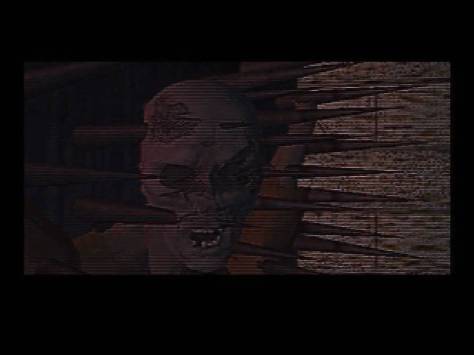
As I mentioned, D is a first-person adventure game with an emphasis on puzzle solving. Classifying it further, I’d say D belongs to a subset of this genre, one that we like to call “Mansion” games, in reference to Mansion of Hidden Souls and the games that followed, because so many of them take place in mansions. Generally abandoned, these mansions serve as the perfect backdrop for gated exploration, puzzle-related backtracking, and a persistent fog of unease. Additionally, D, like the first Mansion game, had the added pressure of a time limit: we had two hours to unravel the central mystery, or else it was game over.
Taking place on a full moon night in 1997, we assumed the role of a young woman named Laura Harris. Richter Harris, her father, had gone on a rampage in the Los Angeles hospital he oversaw, murdering many and taking others hostage. She rushed to the scene of the crime and was allowed to enter the hospital. There, amongst the corpses she encountered an amorphous clear liquid, not unlike the T-1000 from Terminator 2: Judgment Day. Without warning it enveloped her, and seemingly transported her to a gothic mansion. Before we had time to explore, a visage of her father warned her to turn back, that she had entered a world borne of his mind and would be unable to return if she continued. Nevertheless, she persisted.
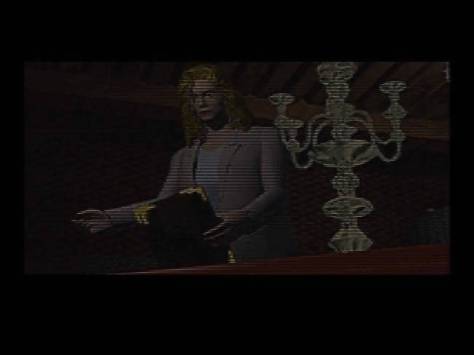
He appeared before her a few more times over the course of our playthrough, echoing similar warnings, but Laura’s exploration of the mansion was otherwise uninterrupted. Well, uninterrupted in the sense that we didn’t encounter anyone else; there were plenty of hidden keys and strange mechanisms that stymied our progress. One early example was a lockbox protected with a two-digit code. When its lever was pulled, the combination reels spun like a slot machine and we had to stop them on the desired numbers. However, when the second reel was stopped, it spun backwards based on the first number. For instance, if the first number was 3 and we stopped the second number on 9, it rolled back to 6. It didn’t take us long to figure out this trick, but we found ourselves stumped at this junction nonetheless.
Prior to this, we came across a sheet of paper with a pair of Roman numerals on it. Thinking it was our answer, we input every possible combination to no avail. Thankfully, Laura had an item in her possession that granted a few hints. It got us back on track, and helped us to understand the “language” of the puzzles. In typical adventure game fashion, we mistook that sheet of paper as the answer to the lockbox puzzle. The sheet of paper contained a two-digit code yes, but it was written with Roman numerals; the lockbox displayed Arabic numerals, and wouldn’t you know it, there was another object to interact with that contained numbers, specifically Roman numerals. D’oh! We had been over thinking Laura’s situation, which is just par for the course with this type of game, at least in the early goings.
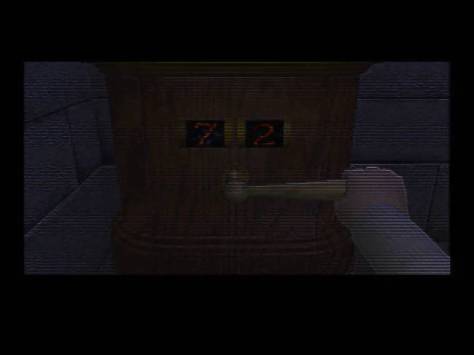
This sequence served as our epiphany moment, and progress was smoother from that point on. Even so, this game had a strict two hour time limit and we ran out the clock before reaching Laura’s father. Considering this was our first playthrough and we didn’t use a guide, we got pretty darn close to the end. At least, this was our reasoning for just switching over to YouTube. I mean, this was a linear puzzle game – there would’ve been very little enjoyment from a subsequent playthrough. Laura’s encounter with her father and the game’s big reveal surprised us. We didn’t have a lot to go on – the game’s introduction and a few flashbacks of a dinner scene – but the reality of the situation was… grim.
In confronting him, Laura learned they were actually descendents of Dracula, and her father was losing control of himself. Additionally, he informed her that she had succumbed to their ancestral urges once before, having killed and cannibalized her mother. Somehow, he erased this from her memories. In the end Laura had a choice to make: kill her father and end the rampage, or succumb to their fate. For us, the choice was easy: we just watched both endings on YouTube!
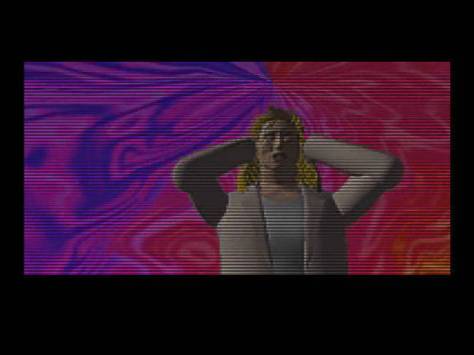
So, after all those years did D live up to our hype? Like most things in life, yes and no. The revelations that came at the end were honestly shocking, but were really the only aspect that transcended the game’s subgenre. Otherwise the puzzle solving, exploration, heck even the mansion’s atmosphere, were indistinguishable from similar “Mansion” games. While we hoped for more, it’s not entirely disappointing. This subgenre of games, and especially those from around this time, have become like comfort food to us. Collaborating on puzzles, uncovering mysteries, and simply broadening our knowledge of these games has proven fulfilling enough to keep us going for a decade, and I see no reason to stop now.
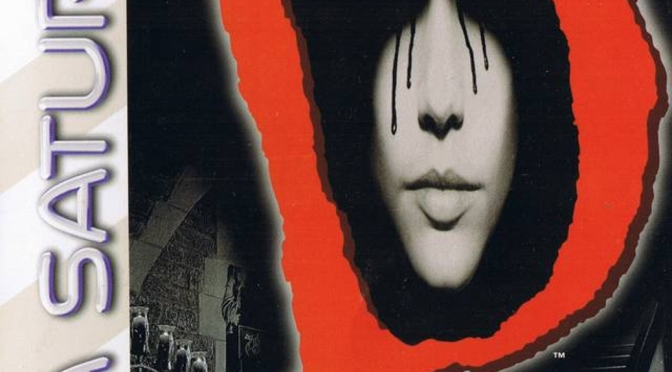
One thought on “D [Sega Saturn] – Review”